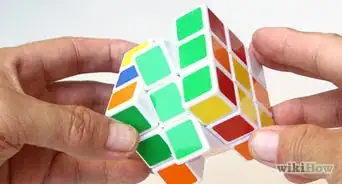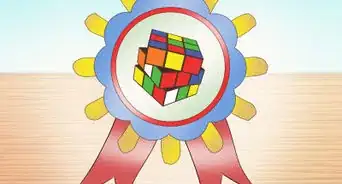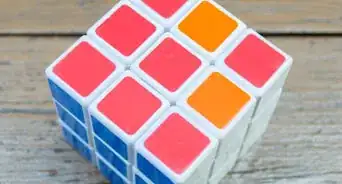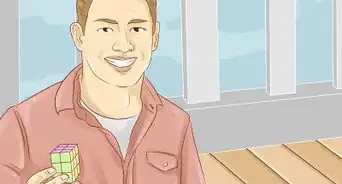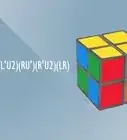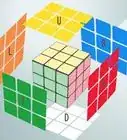X
This article was co-authored by Gavin Nelson. Gavin Nelson grew up on the coast of Connecticut sailing from a very young age. He has taught sailing camps to numerous age groups both in Connecticut and in the Lake Tahoe area.
This article has been viewed 67,289 times.
As one becomes a more advanced speedcuber, it becomes necessary to remember more and longer algorithms, or sets of moves that accomplish a task. This can be daunting sometimes, especially when learning things like full OLL (Orientation of the Last Layer).This article will help you to improve your ability to remember speedcubing algorithms, a skill you can also transfer to other complex memory tasks.
Steps
Method 1
Method 1 of 3:
Learning the Algorithms
-
1Don't learn too many algorithms at once. Don't try to learn more than two to three algorithms in one day unless they are very short because you need to be able to remember them months, maybe years later.
-
2Start incorporating the algorithms you have learned into your everyday solving. If you don't speedsolve every day, start doing it.Advertisement
-
3Learn similar algorithms together. For example, after learning the T perm, try out the Y, F and Jb permutations.
-
4Learn 2-look OLL before learning full OLL. Not only will this improve your times more quickly, but it will give you a head start if you do decide to learn full OLL. With just 21 Algorithms, it's recommended to learn full PLL at one time, even if it takes you 3 weeks.
-
5Learn full PLL before full OLL. Not only are there far less algorithms, but it will save you more time on your solves.
Advertisement
Method 2
Method 2 of 3:
Practicing the Algorithms
-
1Practice scramble algorithms for an easy start. If you are having trouble following the standard cube notation, practice by doing scramble algorithms from the WCA Scramble Generator at https://www.worldcubeassociation.org/regulations/history/files/scrambles/scramble_cube.htm. Try to get the cube to match the picture. You can even time yourself to try to get faster at scrambling!
- You can even draw yourself a picture, so you don't have to immediately recognize the notation for solving; for example, If it says R' you may have trouble while doing an algorithm it to recognize it fast enough that you get out of your rhythm, so draw yourself a picture and show what side you need to turn.
-
2(For F2L and OLL cases) Give the cases names. If they are silly, or refer to some inside joke, all the better. For example, you might call the seven corner OLL cases headlights, hammerhead, weird/awkward, Sune, anti-Sune, hammerheadlights and double headlights. Or whatever you like!
-
3Split up the work with a friend. If you have a friend who is also trying to learn the same algorithms, then every day you can each learn one to two algorithms, then teach the other what you learned. This can help sometimes as you can exchange simple mnemonics and remind each other if one person forgets an algorithm. Moreover, everyone learns best through teaching.
Advertisement
Method 3
Method 3 of 3:
Memorizing the Algorithms
-
1Memorize basic triggers. For example, the trigger [ R U R' U' ] is very common. It's sometimes referred to as the "sexy" move. There's also [ R' F R F' ], the "sledgehammer." Learn to recognize these triggers, as it can turn a six-move algorithm like [ F R U R' U' F' ] into a three move one: [ F "sexy" F'].
-
2Keep a notebook of algorithms you're trying to learn. Write the algorithms down, including a diagram of the case or how it moves the pieces. Once you can perform an algorithm easily after a day of not seeing it in the notebook, you cross it off.
-
3Try following certain pieces or colors throughout an algorithm. For example, the initial author learned the V permutation by seeing how the white stickers move around on the front and right faces. And the Sune should be extremely easy to learn by following the front-right F2L pair.
Advertisement
Community Q&A
-
QuestionWhat are some tricks for turning the cube faster?
 Community AnswerFirst, you will want to make sure you are using a real speed cube, not just any puzzle cube. Speed cubes are designed for faster turning. If you need even more speed, you could try a silicone lube to enhance the speed.
Community AnswerFirst, you will want to make sure you are using a real speed cube, not just any puzzle cube. Speed cubes are designed for faster turning. If you need even more speed, you could try a silicone lube to enhance the speed. -
QuestionHow long does it take to become a speedcuber?
 Community AnswerA week to get into it and maybe a month for sub -1 minute. It really depends on the amount of time you're willing to put into it. There are a few people who can achieve sub -20 in a few months time.
Community AnswerA week to get into it and maybe a month for sub -1 minute. It really depends on the amount of time you're willing to put into it. There are a few people who can achieve sub -20 in a few months time. -
QuestionI'm in the basic (beginner's method) but I forget some algorithms. Is it okay?
 Community AnswerIt depends, if you can do one part intuitively (without algorithms) it's fine but you may want to memorize more to become faster. Forgetfulness in this case is a sign of improper application and attention to detail -- you can force yourself to remember anything if you open yourself up to doing so, so keep trying.
Community AnswerIt depends, if you can do one part intuitively (without algorithms) it's fine but you may want to memorize more to become faster. Forgetfulness in this case is a sign of improper application and attention to detail -- you can force yourself to remember anything if you open yourself up to doing so, so keep trying.
Advertisement
Warnings
- Do not try to memorize F2L algorithmically! Learn F2L intuitively, and then, once you have a good grasp for F2L you can look at the algorithms and pick up some that are worth learning (like case #32)⧼thumbs_response⧽
Advertisement
Things You'll Need
- A speedcube or Rubik's cube
- A paper or website with the algorithms you want to learn
- A friend (optional)
- A notepad/notebook (optional)
About This Article
Advertisement
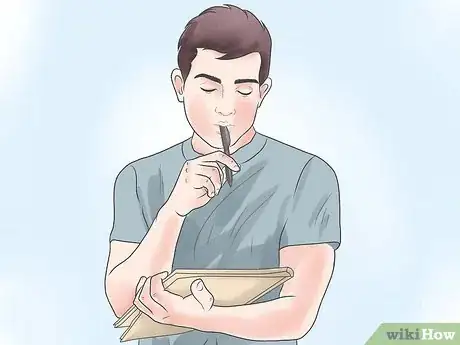
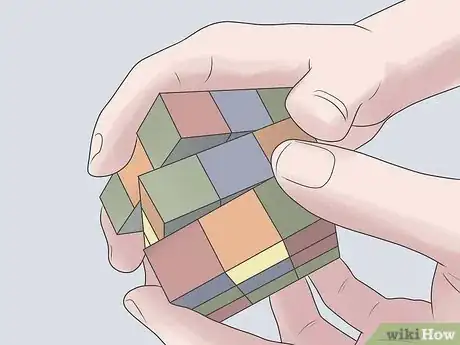

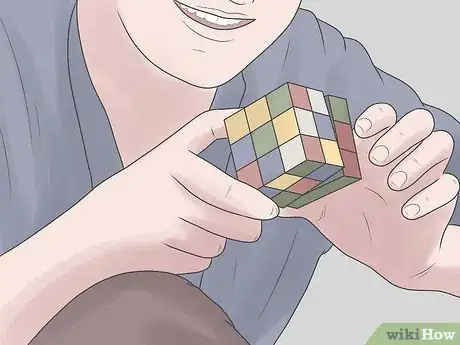
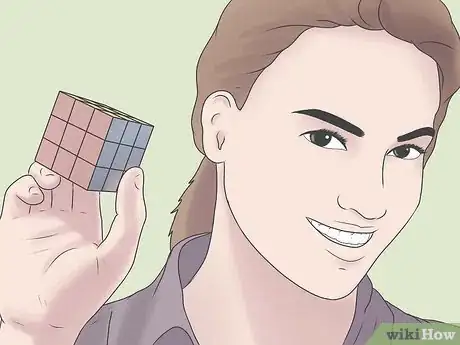

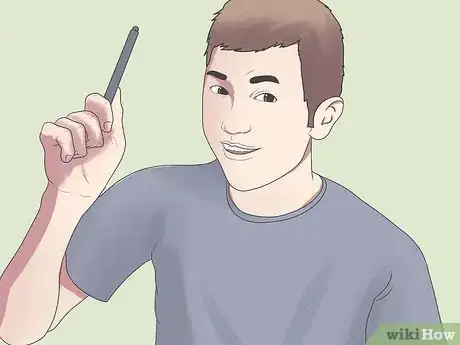



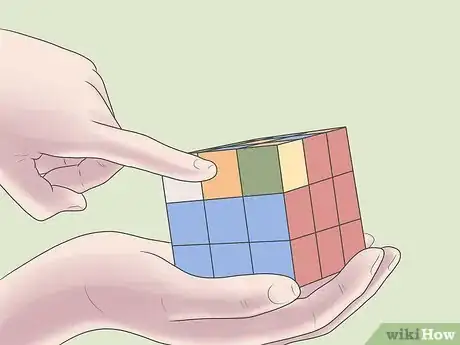


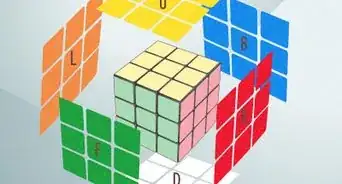
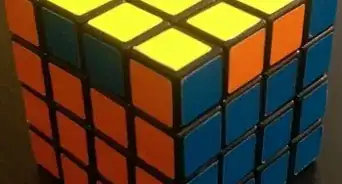
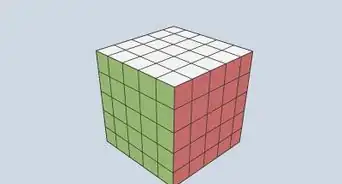
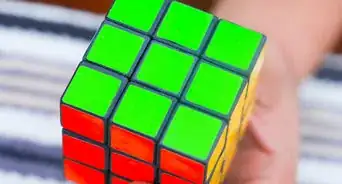
-Step-9.webp)
